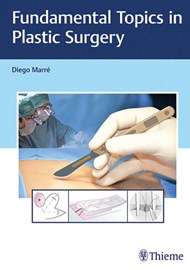The format of the book is sectioned into topics not too dissimilar to most commonplace recommended plastic surgery textbooks, including principles (wound healing, negative pressure therapy, local anesthetics, fat grafting) and techniques (suturing, flaps, tissue expansion, microsurgery, facial trauma and hand trauma).
There are 457 illustrations within this textbook, and they are all of exceptional quality. The medical photographs are of a high resolution, the illustrations are very precise and useful to explain several key fundamental topics within plastic surgery, and some come with a nice timeline of images, for example, wound healing. The hardback also comes with an e-book for online and offline access.
I think this book is of great value to those with a keen interest in plastic surgery, especially the more junior registrars. The book is a great foundation to base further reading upon.
It has a useful section on ‘How to set up a research protocol in plastics’, as well as explaining statistics (a topic I don’t particularly enjoy), but it is broken down nicely into succinct paragraphs, making it very easy to read and understand. The book also explains the technicalities of basic techniques within plastic surgery and the principles of more complex procedures.
I personally used this book for the second part of my plastic surgery exams (FRCS Plast). it provides some great, succinct paragraphs to help describe the basic sciences and principles behind plastic surgery.
Overall, I would recommend this book to anyone with an interest in plastic surgery at any stage of their career.




